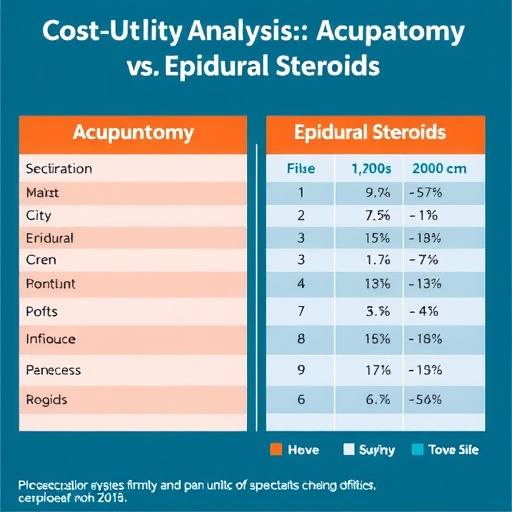CHICAGO — Preliminary results from a University of North Carolina Lineberger Comprehensive Cancer Center study found that just 15 percent of a group of men in North Carolina with early-stage prostate cancer who choose active surveillance instead of treatment followed the recommended monitoring guidelines.
The findings, presented Sunday, June 2, at the American Society of Clinical Oncology Annual Meeting 2019 in Chicago, were drawn from an analysis of 346 men newly diagnosed between 2011 and 2013 with low or intermediate-risk prostate cancer in North Carolina. Researchers analyzed how often men received biopsies and other tests according to the guidelines from the National Comprehensive Cancer Network.
“Active surveillance has rigorous guidelines — people need regular PSA tests, they need prostate exams, they need prostate biopsies so you can watch the cancer very closely, and you don’t lose the opportunity to treat the cancer when it starts to grow,” said UNC Lineberger’s Ronald C. Chen, MD, MPH, associate professor in the UNC School of Medicine Department of Radiation Oncology. “One of the main findings of this study is that in this population-based cohort, not in a clinical trial or purely academic setting, only 15 percent of patients in active surveillance received recommended monitoring.”
Data have shown that active surveillance is safe, but UNC Lineberger researchers note that those data have been drawn from clinical trials or studies in large academic institutions. To evaluate monitoring in a broad population, they studied a group of patients from North Carolina to determine if they adhered to NCCN active surveillance guidelines, which recommended prostate-specific antigen (PSA) tests at least every six months, digital rectal exams annually, and a repeat biopsy within 18 months of diagnosis.
In the first six months, 67 percent of patients had received a PSA test, and 70 percent received a digital rectal exam. Just 35 percent received a biopsy within the first 18 months. Across all types of tests by 24 months, only 15 percent of patients received monitoring compliant with the guidelines.
“Based off of the NCCN guidelines, which is what we believe most of the community practices would be following in terms of active surveillance guidelines, we’re finding very few patients who elected to undergo active surveillance actually received the recommended monitoring,” said the study’s first author Sabrina Peterson, a student at the UNC School of Medicine.
Researchers also reported they did not find any variables, such as income, race or age, linked with whether or not patients would adhere to the monitoring guidelines. The findings led researchers to call for more research into outcomes for active surveillance outside of controlled studies.
“This raises the question of whether we need to investigate whether active surveillance is a safe option when patients do not receive routine monitoring,” Chen said. “Our goal is not to reduce the number of patients choosing active surveillance; rather, the results of this study should increase awareness and efforts to ensure that active surveillance patients are monitored rigorously.”
Researchers also analyzed trends linked to patients who stopped active surveillance and started treatment. In addition to finding that disease progression motivated patients to switch to treatment, they found that a patient’s level of anxiety was linked to whether or not they stopped active surveillance and switched to treatment.
“When we looked at some of the reasons why people would have treatment instead of active surveillance, anxiety seems to be one of the reasons why people have treatment and stop active surveillance,” Chen said.
In addition to Chen, other authors included Sabrina Peterson, Ramsankar Basak, Dominic Himchan Moon, Claire Liang, Deborah S. Usinger, Sarah Walden, and Aaron J. Katz.
The study was supported by the Patient-Centered Outcomes Research Institute and the Agency for Healthcare Research and Quality.
###
Media Contact
Bill Schaller
[email protected]




